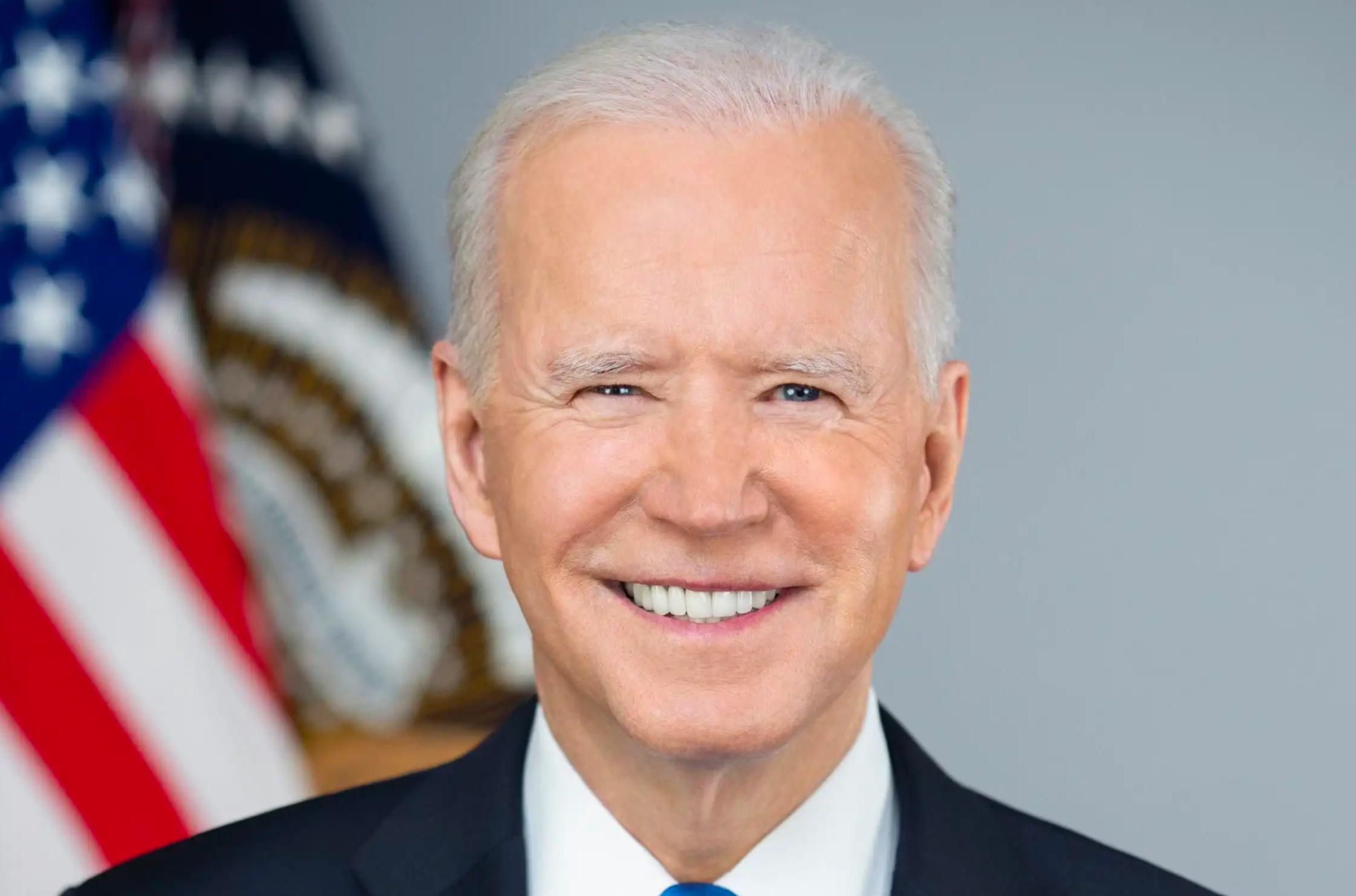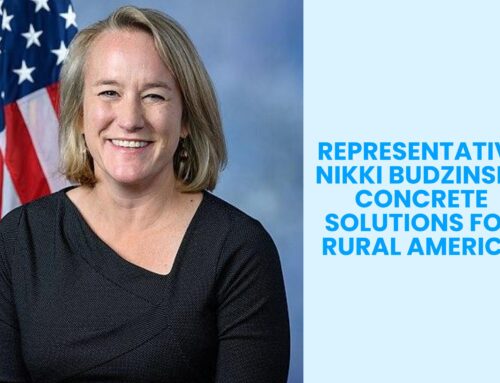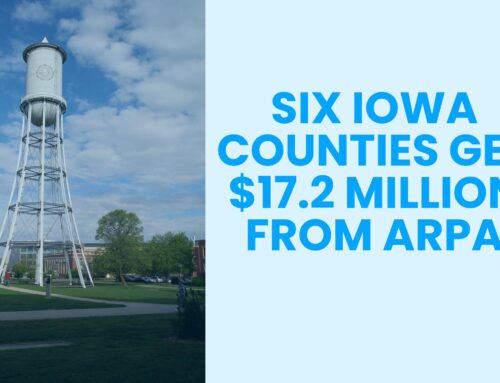The COVID-19 public health and economic crisis is bigger than any other we’ve seen in our lifetimes — while the pandemic has forced the U.S. economy into crisis, millions of Americans are struggling with food insecurity, unemployment, and falling behind on housing payments. Hunger has increased throughout the pandemic, with as many as 30 million adults and 12 million children living in a household where they may not always get enough to eat.
Further, the COVID-19 pandemic has exacerbated longstanding disparities in food insecurity. Black and Latino adults are more than twice as likely as white adults to report that their households did not get enough to eat.
The U.S. Department of Agriculture (USDA) and the Biden-Harris administration are committed to ensuring that all struggling families can get the nutritious food they need.
In good times and tough times, USDA’s nutrition assistance programs are among the most far-reaching, powerful tools available to ensure that all Americans, regardless of race, ethnicity, or background, have access to healthy, affordable food. USDA’s Supplemental Nutrition Assistance Program (SNAP) provides low-income Americans with access to healthy groceries. Approximately 43 million Americans rely on this program to feed themselves and their families. USDA and the Biden-Harris administration are working to strengthen this vital program by:
-
Increasing SNAP benefits by 15%. Investments in nutrition assistance can have a powerful stimulative impact. A recent USDA study found that in a slow economy, one billion dollars in additional SNAP benefits would lead to an increase of $1.54 billion in the gross domestic product. In December, Congress provided a 15% increase in SNAP benefits from January through June 2021, which is providing about $28 per person per month to families in need. Of the over $7.0 billion investment, two-thirds is going to families with children, and nearly 40% is supporting the poorest households, with incomes less than half of the federal poverty level. As part of the American Rescue Plan, President Biden called on Congress to extend the increase in SNAP benefits through September. Extending this policy will helps thousands of people in need in each state, while providing millions of additional dollars to buy food in local communities.Benefits by State (PDF, 469 KB)
-
Increasing access to online purchasing: Online grocery shopping has become a vital resources of increasing food Access, especially during the COVID-19 pandemic. At the start of the pandemic, and in support of social distancing guidance, USDA redoubled its efforts to expand the SNAP Online Purchasing Pilot beyond the original eight states. Currently, more than 1.5 million households in 46 states and D.C are using their SNAP benefits to purchase groceries online through participating retailers. Through the American Rescue Plan, the Biden-Harris administration supports an increased investment in technology to modernize electronic benefit transfer (EBT), support retailers, including farmers markets and direct-marketing farmers, and increase access to online purchasing for SNAP participants.SNAP Online Purchasing Pilot States and Retailers
-
Supporting states with additional administrative funding: Our state and local partners are on the front lines of providing nutrition assistance to struggling families, seniors, and people with disabilities. Throughout this pandemic, USDA has made full use of our authorities to support governors and state agencies administering our programs to ensure that benefits get to the kids and families that need it most. As part of the American Rescue Plan, the Biden-Harris administration supports providing an increase in SNAP administrative funds, without requiring states to match those funds, for fiscal years 2021 through 2023.
-
Reducing inequalities in SNAP emergency benefits. Through the Families First Coronavirus Response Act, Congress authorized emergency increases to SNAP benefits to address the increase in hunger due to the pandemic. While this has provided about $29 billion in additional benefits for struggling Americans since the start of the pandemic, we are deeply concerned that approximately 20 million people in the lowest income households – who have the least ability to absorb the economic shocks brought about by COVID – have received no or very little emergency benefit increases provided by Congress last spring. About 40% of these households have children and 20% include someone who is elderly and 15% include someone who is disabled. USDA is working with the Department of Justice to review our legal authority to increase SNAP emergency allotments for those who need it most.
-
Ensuring SNAP benefits support a healthy diet. Even before COVID, millions of Americans who rely on SNAP were struggling to buy and prepare healthy food with a benefit amount based on an outdated Thrifty Food Plan. As we look to find ways to strengthen our nutrition programs for the future, USDA has begun the process of updating the Thrifty Food Plan to better reflect the true cost of a healthy basic diet today.




